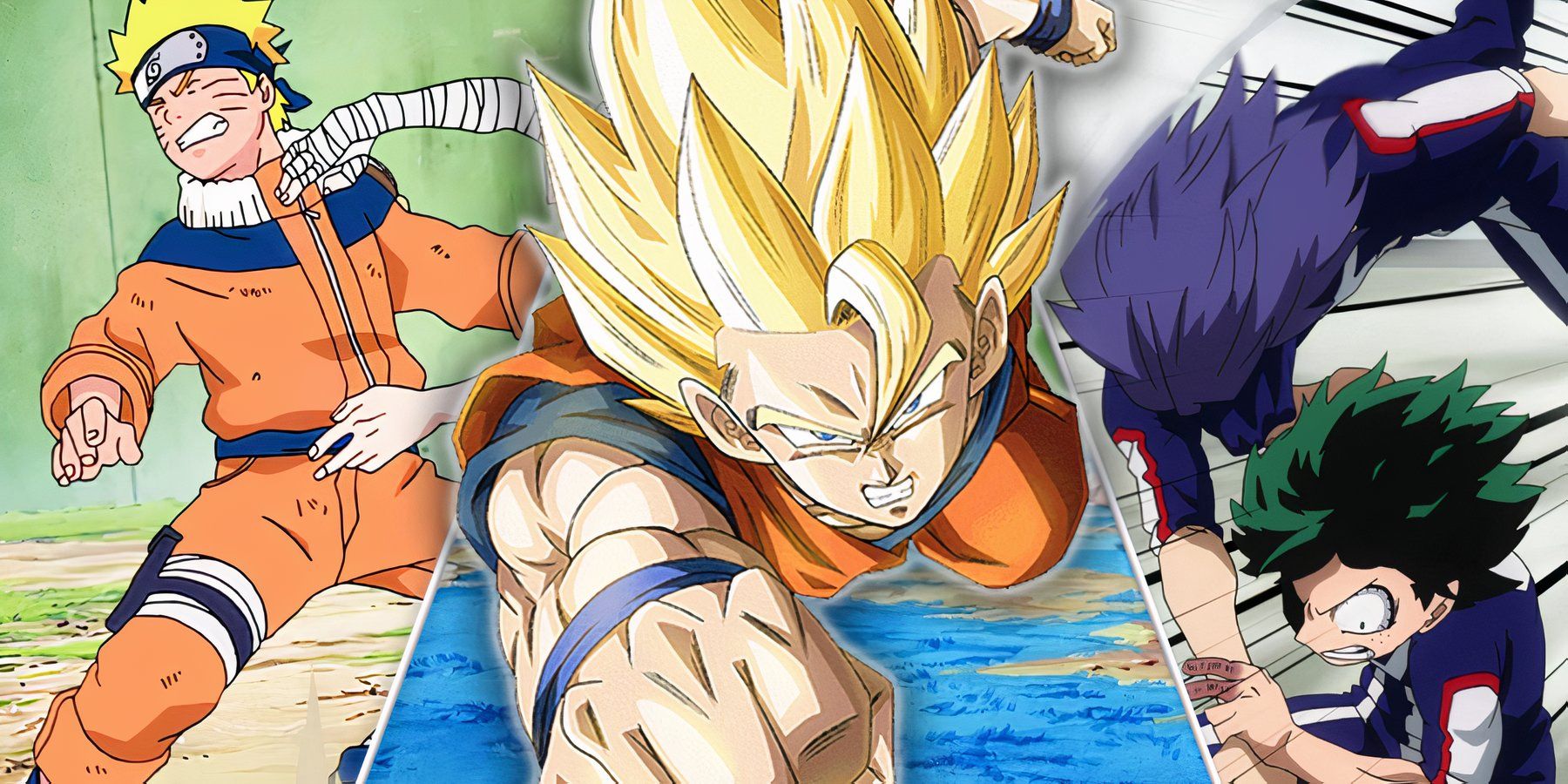
Shonen anime is incredibly popular, and a common feature is the “tournament arc.” This type of storyline – where powerful characters compete against each other in a series of fights – became well-known with the anime *Dragon Ball* in the late 1980s and has been used in many action anime since. While it initially seemed like a good way to showcase characters’ strengths and create exciting rivalries, these arcs have increasingly become a way to simply extend the length of a series without adding much to the overall story.
Many anime fans have come to expect a familiar pattern: lengthy opening scenes, constant chatter from characters watching events, and battles that are won with sudden, convenient boosts in power. What once felt new and exciting decades ago now feels like unnecessary filler, especially as newer anime simply copy this formula instead of trying something original. While tournament storylines were important in making classics like *Dragon Ball Z* and *Yu Yu Hakusho* popular, they also prevented those series from reaching their full potential with more compelling stories. Shonen anime deserves more than just repeated battle tournaments and predictable outcomes.
Tournament Arcs Rarely Advance the Plot, and Kill Any Tension
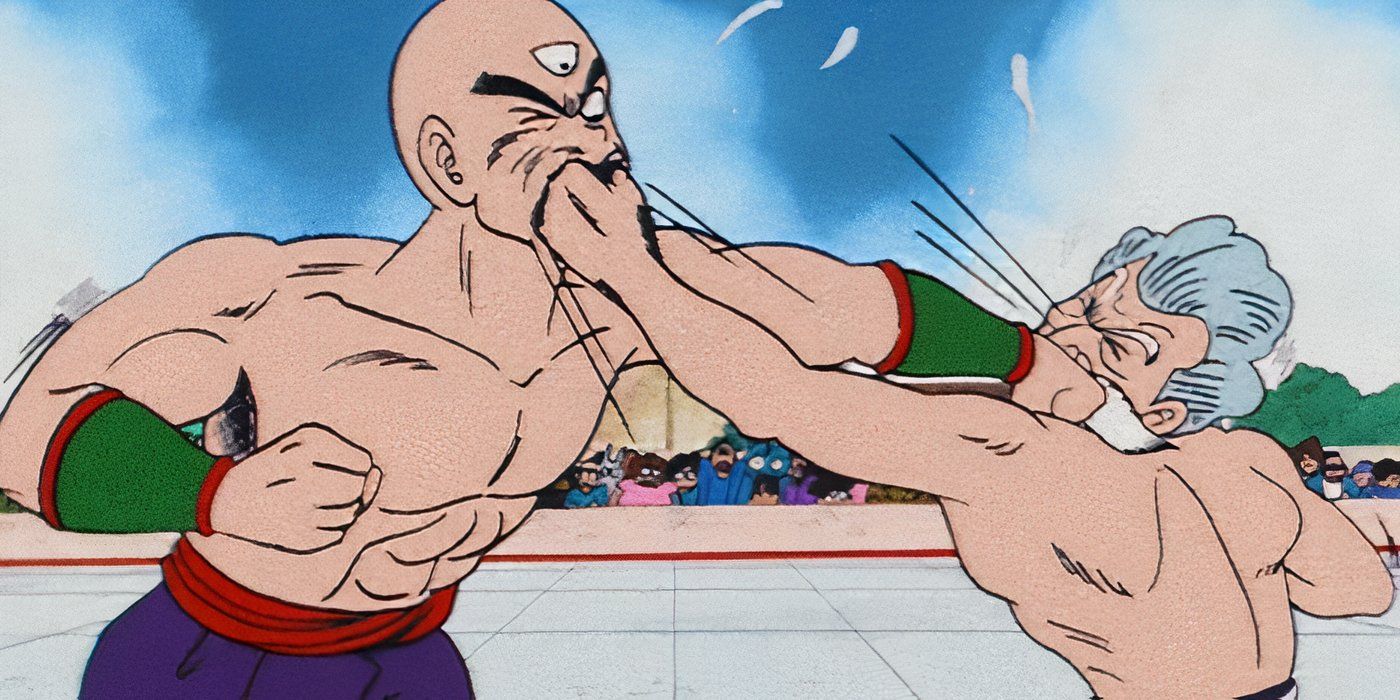
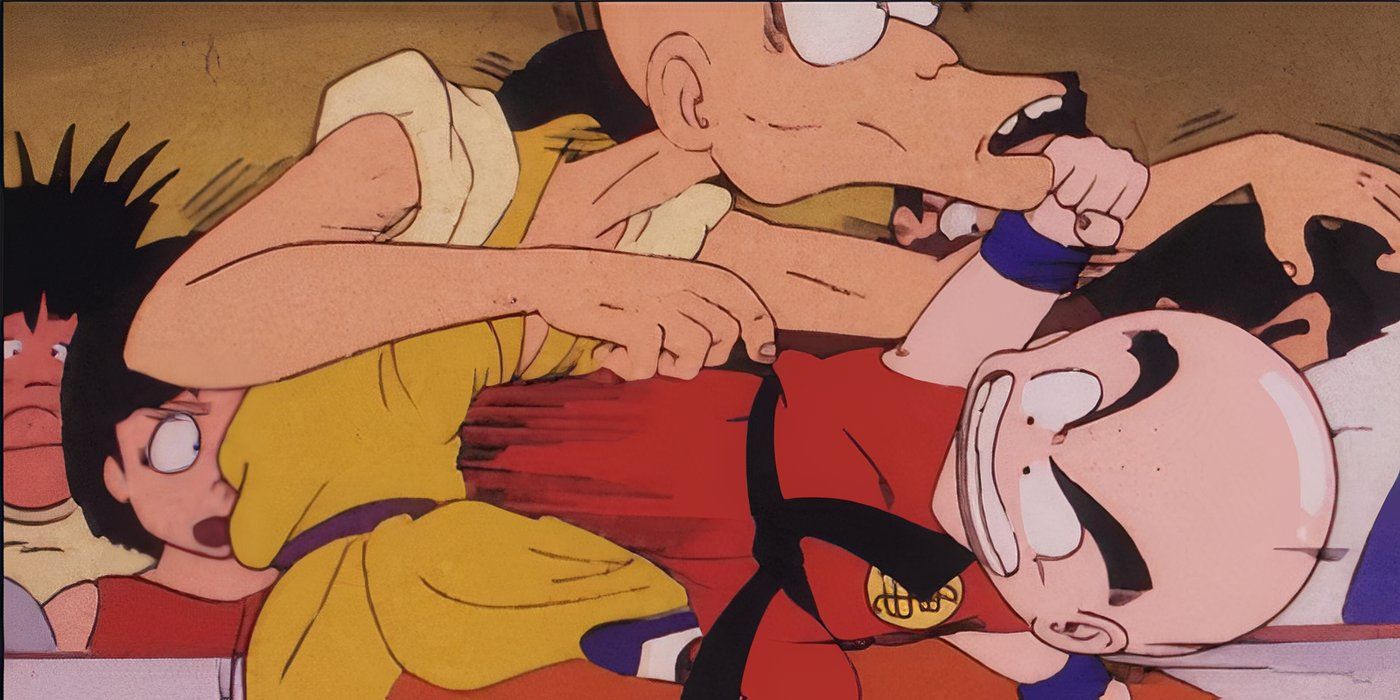
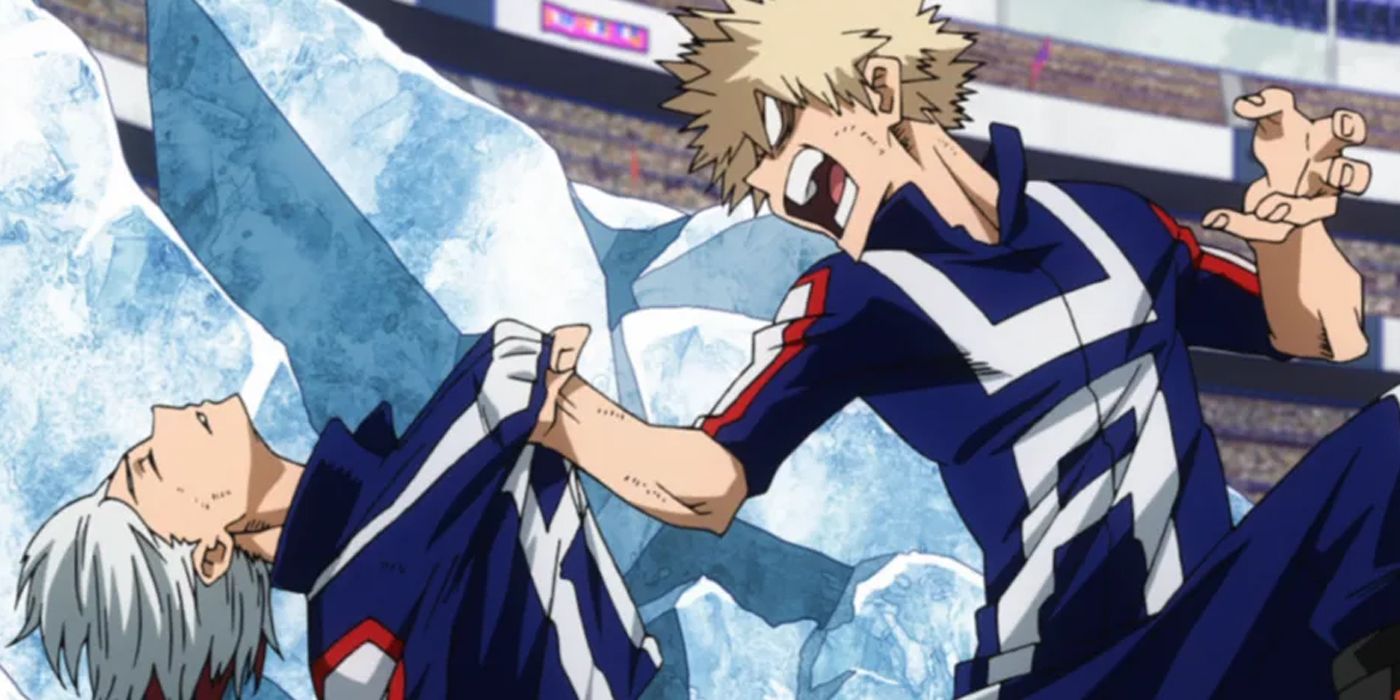
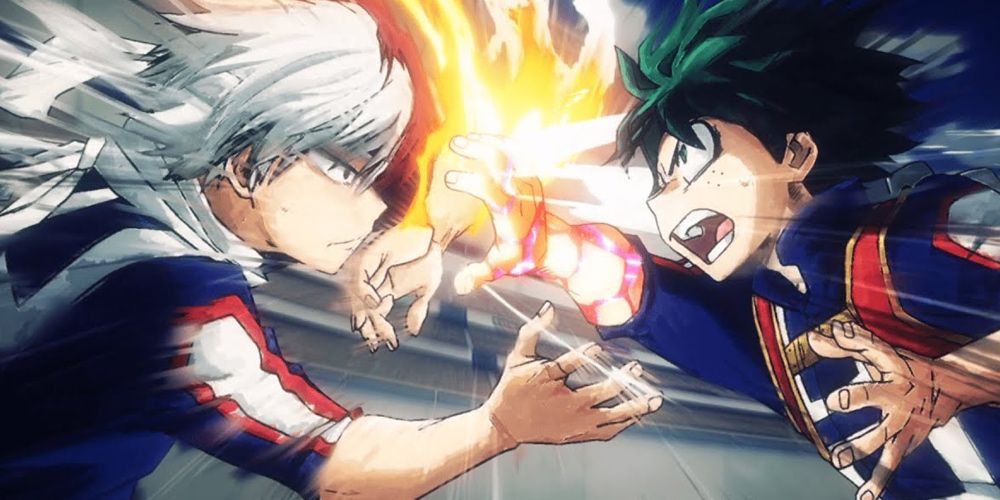
Tournament arcs often seem like a great idea for stories – they introduce new challenges and raise the stakes. However, they frequently end up slowing things down instead of moving the plot forward. The story gets stuck in a cycle of competition where the only goal is to win, rather than characters working towards larger objectives. A good example is the original *Dragon Ball* series. While the tournaments were entertaining, they didn’t really advance Goku’s overall journey. The main plot about collecting the Dragon Balls often had to wait while viewers watched fight after fight.
Even newer anime, like *My Hero Academia*, sometimes fall into the same pattern, as seen in the U.A. Sports Festival. Instead of building towards the bigger conflict with villains, the arc focused on simple competition and establishing who the strongest students are. Ultimately, very little changes – we get some exciting battles and maybe see a character learn a new skill, but it doesn’t really move the overall story forward, especially compared to arcs where heroes face villains or develop as characters outside of fighting. These tournament-style arcs also tend to make combat feel repetitive. The fights often follow the same structure, and it doesn’t take long for viewers to predict what will happen. This is even more true when the main character is involved, as fans generally expect them to win, removing any real sense of suspense.
When stories focus on tournament-style fights, they often lose their excitement. Instead of feeling like anything could happen, we quickly realize the hero will always win, which makes things predictable and boring. While arcs like the Chunin Exams in *Naruto* introduced memorable characters like Gaara, many of the fights followed a formula: the underdog struggles, then makes a final, desperate push. This is different from arcs focused on the story, like the Pain Invasion Arc, where battles feel important because they have real emotional impact and lasting consequences. Tournament arcs just don’t usually deliver that same powerful feeling.
Shonen Anime Tournament Arcs Inevitably Encourage Power Creep
Tournament storylines often fall into a pattern of constantly introducing new powers. Because these arcs are built around fighting, each major battle needs something unexpected to keep the audience engaged. This usually means creating a new attack, transformation, or hidden energy source. While exciting at first, this creates a problem for the future. Once a hero demonstrates a powerful new ability, villains need to be just as strong, forcing writers to continually escalate power levels to unbelievable degrees. This happened in *Dragon Ball Z*, where the World Martial Arts Tournament made it common to see characters become drastically more powerful. Eventually, characters were destroying planets just to maintain the stakes. Even shows that emphasize strategy, like *Hunter x Hunter*’s Heaven’s Arena arc, often end up falling into this same trap.
The pressure to create exciting matches often leads to characters gaining new powers too quickly or pulling abilities out of thin air. This also creates problems for future storylines. Unfortunately, side characters often suffer, getting quickly defeated or simply disappearing after a single impressive move. Tournament storylines often *promise* that every character will have a chance to shine, but in practice, many supporting characters can’t keep up as power levels increase and are quickly eliminated. This is particularly frustrating in long series with many characters, as fans want to see these supporting characters grow, but tournaments tend to reduce them to minor obstacles for the main heroes.
Many shonen anime, like *Dragon Ball Z* and *My Hero Academia*, use tournaments to showcase the main characters, often at the expense of others. In these stories, supporting characters are frequently defeated quickly or sidelined, making them feel unimportant. This approach actually weakens the sense of teamwork and connection that’s typical in this genre. Shonen anime is most effective when it feels like every character contributes and matters, not when most are eliminated early on. Side characters should be developed beyond just being obstacles for the hero to overcome.
Stakes Feel Artificial Compared to Real Villain Arcs
Many action anime feature tournaments, but usually the biggest consequence of losing is just being eliminated. This feels weak compared to storylines where much more is at stake, like entire cities or worlds being threatened. Goals like earning a rank or proving yourself simply don’t create the same tension as fighting a real villain. That’s why these tournament storylines often feel less impactful than the rest of the series. Viewers want to see heroes overcome huge obstacles, not just compete in a series of matches. When characters fight for trophies instead of their lives, each battle loses its importance.
Sports stories often build to tournaments as the ultimate test of a team’s hard work, smarts, and how much the characters have grown. The results feel important because they represent everything the characters have been through. But in many anime series aimed at young boys, these tournament fights often lack real weight. They’re usually more about flashy battles and unexpected power boosts than strategy or teamwork. This makes it harder to feel emotionally invested, and it prevents these anime from delivering the satisfying payoff that makes sports stories so rewarding.
While many fans consider it a high point, this arc ultimately prioritized flashy action over a meaningful story. It had strong villains and exciting battles, but it felt like just another drawn-out tournament that slowed things down. This contrasts sharply with the Chapter Black Saga, which dealt with important questions about what it means to be human and the survival of our species – a story with much more resonance. Tournament-style arcs often lack the compelling sense of danger that makes shonen stories truly memorable.
Shonen Anime Has Outgrown the Tournament Trope
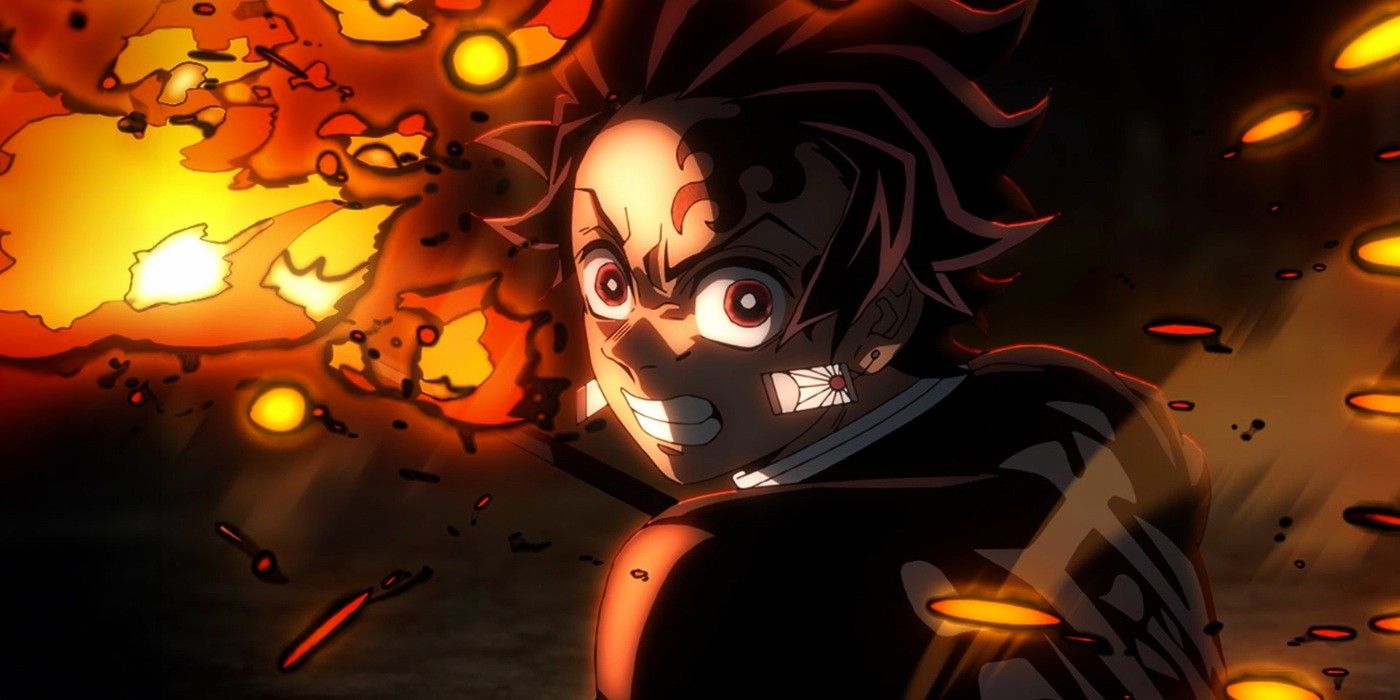
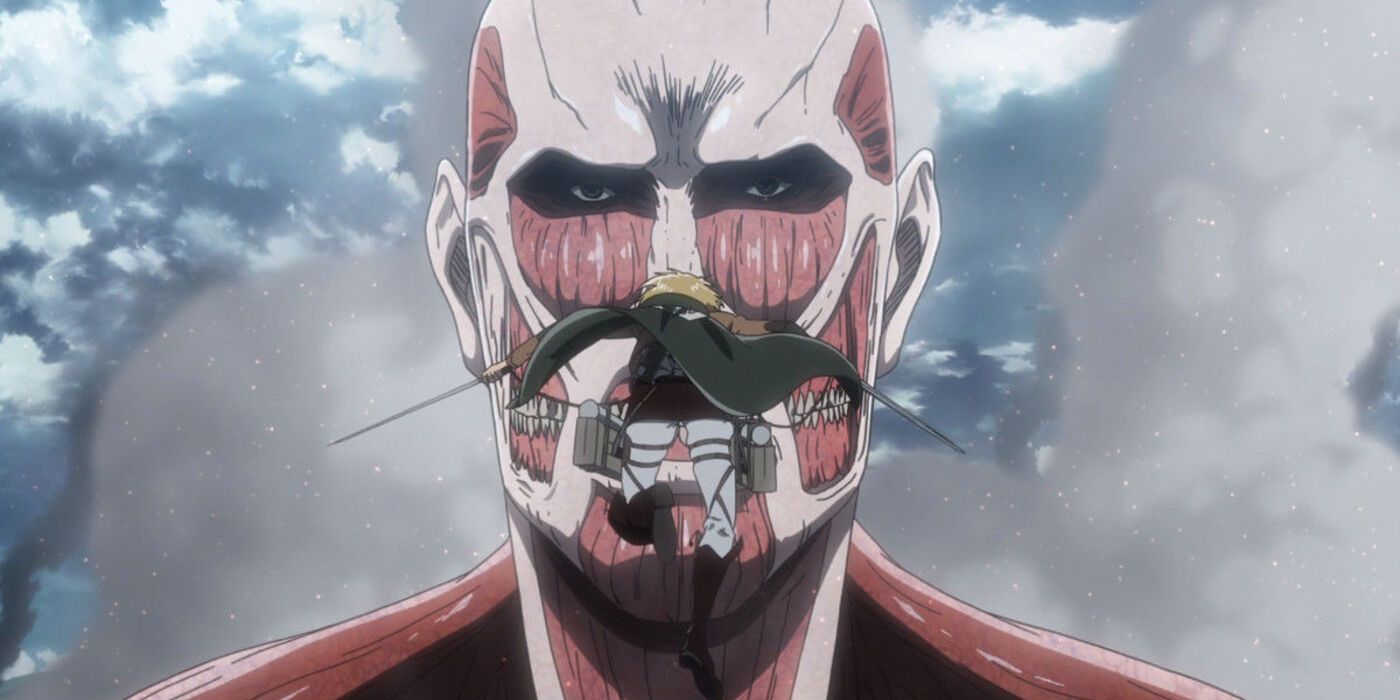
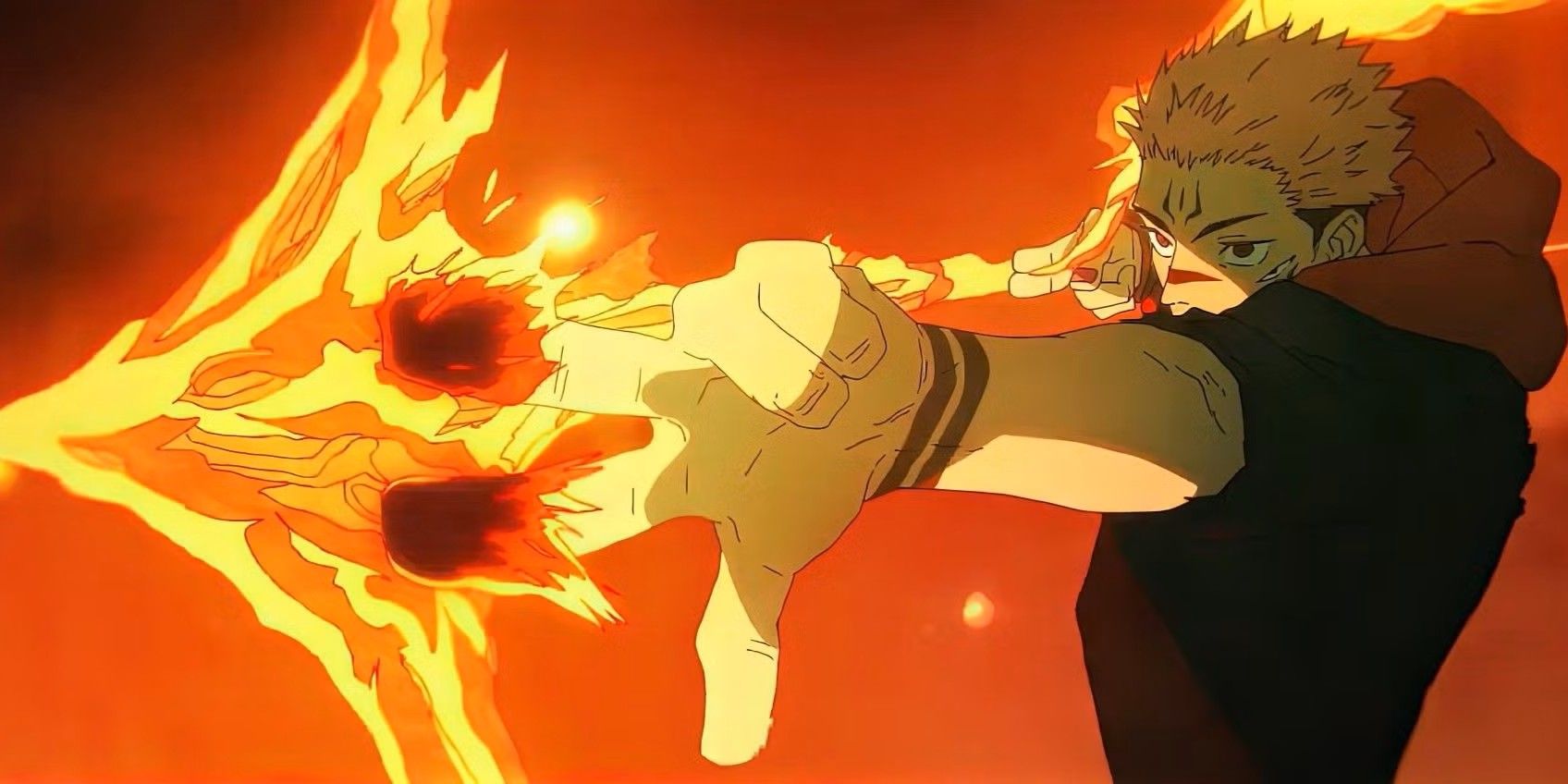
One of the best reasons to move away from tournament arcs in anime is that popular shows have already demonstrated they can thrive without them. Series like *Attack on Titan*, *Jujutsu Kaisen*, and *Demon Slayer* have found success by focusing on story-driven arcs instead of tournaments. The battles in these shows matter because they directly advance the plot, rather than just being isolated contests. Modern viewers have less patience for unnecessary filler, and with the rise of streaming and binge-watching, lengthy tournaments often feel slow and drawn-out instead of exciting.
Anime viewers want stories that build on the world, deepen connections between characters, and raise the level of danger. However, tournament-style storylines often fall short these days. They feel like an easy way out for writers in a genre that has otherwise become much more sophisticated. Modern action anime doesn’t *need* tournaments to show off rivalries, character development, or exciting battles; writers are now using more creative approaches. For example, *Chainsaw Man* creates suspense through its unpredictable nature, and *Jujutsu Kaisen* blends action with emotional depth and difficult moral choices.
The most memorable moments in recent shonen anime, like Tanjiro’s fight with Rui or Eren’s attack on Marley, all happened *outside* of typical tournament arcs. This shows that focusing on a strong story creates a much more rewarding experience than just watching another competition bracket play out. It’s time to move beyond this tired and predictable trope.
Read More
- The Most Jaw-Dropping Pop Culture Moments of 2025 Revealed
- Ashes of Creation Rogue Guide for Beginners
- ARC Raiders – All NEW Quest Locations & How to Complete Them in Cold Snap
- Best Controller Settings for ARC Raiders
- Ashes of Creation Mage Guide for Beginners
- Where Winds Meet: How To Defeat Shadow Puppeteer (Boss Guide)
- Where Winds Meet: Best Weapon Combinations
- Bitcoin’s Wild Ride: Yen’s Surprise Twist 🌪️💰
- Berserk Writer Discuss New Manga Inspired by Brutal Series
- Netflix’s One Piece Season 2 Will Likely Follow the First Season’s Most Controversial Plot
2025-10-13 06:15